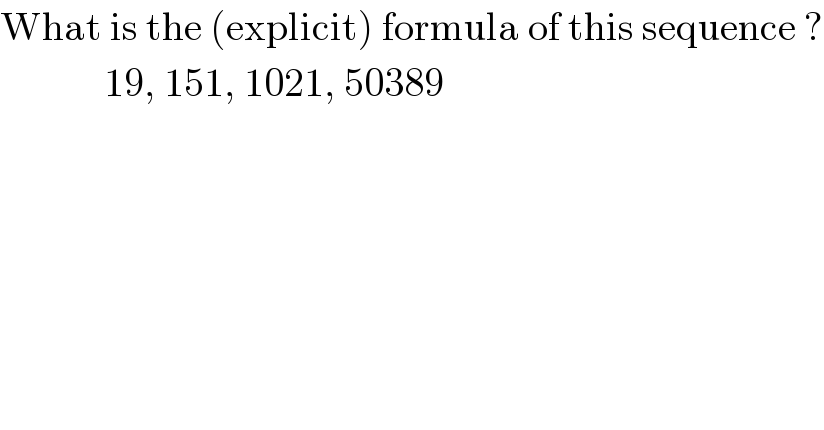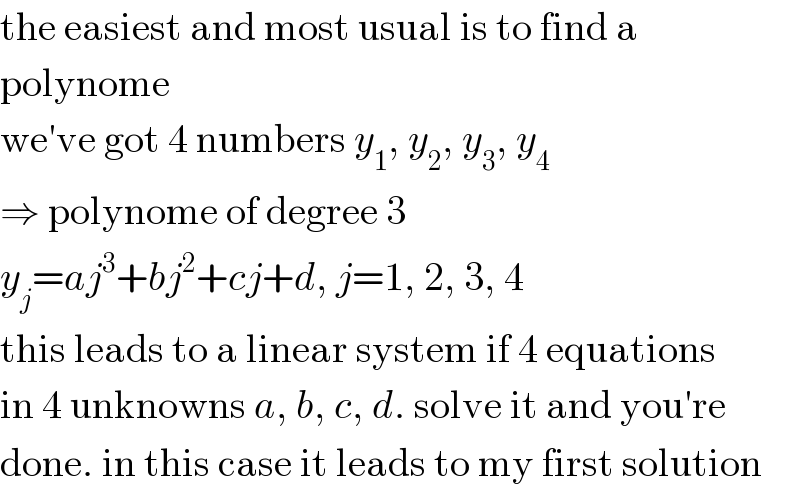
Question and Answers Forum
Question Number 118650 by Hassen_Timol last updated on 18/Oct/20

Answered by MJS_new last updated on 18/Oct/20

Commented by Hassen_Timol last updated on 18/Oct/20

Commented by MJS_new last updated on 19/Oct/20

| ||
Question and Answers Forum | ||
Question Number 118650 by Hassen_Timol last updated on 18/Oct/20 | ||
 | ||
Answered by MJS_new last updated on 18/Oct/20 | ||
 | ||
| ||
Commented by Hassen_Timol last updated on 18/Oct/20 | ||
 | ||
Commented by MJS_new last updated on 19/Oct/20 | ||
 | ||